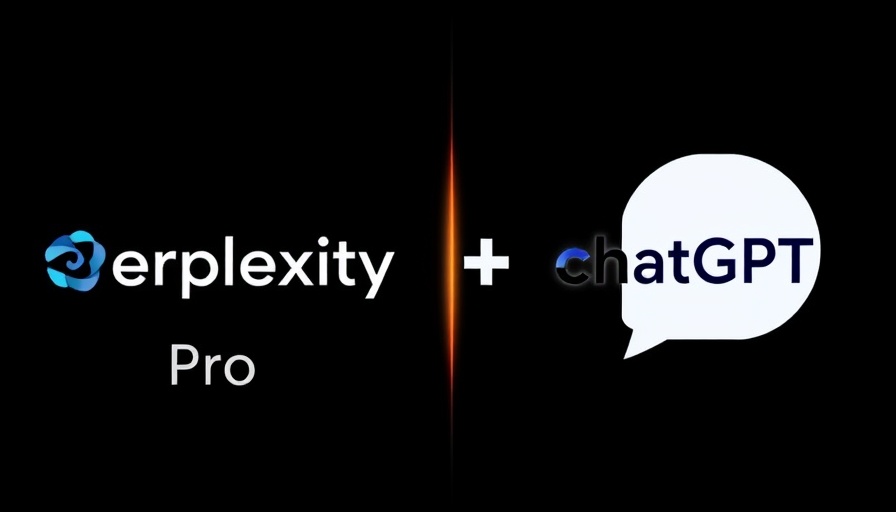
Unlocking Possibilities with Graph-Based AI Agents
The rapid evolution of artificial intelligence (AI) has opened new frontiers for small and medium-sized businesses (SMBs). A cutting-edge approach, the multi-node graph-based AI agent framework, can significantly enhance complex task automation, allowing organizations to execute intricate workflows efficiently. This framework is vital for SMBs seeking to leverage technology to improve productivity and streamline operations.
Understanding Graph Structures in AI
At the core of this framework is a well-defined graph structure comprising interconnected nodes. Each node serves a specific purpose—whether it is taking input, processing information, making decisions, or generating outputs. Utilizing Python as the primary programming language with libraries such as NetworkX for graph modeling and Matplotlib for visualization, businesses can create versatile agents tailored to their operational needs.
Power of Python: Building Your Agent Framework
To get started, businesses will need to install essential libraries: google-generativeai, networkx, and matplotlib. These tools enable the creation of an engaging and intelligent AI agent framework. With the Google Gemini API's integration, the framework allows for advanced content generation, ensuring that your agents have insightful data at their disposal.
Creating a Research Assistant Agent
Imagine a scenario where a small business needs to conduct thorough research on market trends. By implementing a research assistant agent, businesses can automate this process. The agent can be structured into nodes that guide the agent through various steps—from gathering information to synthesizing it into meaningful insights. This not only saves time but also enhances the quality of data presented to decision-makers.
Example of an Agent Node
class NodeType(Enum): INPUT = "input" PROCESS = "process" DECISION = "decision" OUTPUT = "output"
Each node is designed to perform specific tasks based on its type. The AgentNode class encapsulates the attributes necessary for functionality, including the prompt for the desired action or question.
The Future: Harnessing AI for Business Growth
As more SMBs turn toward digital transformation, harnessing the potential of AI-driven agents is not just innovative—it's essential for growth. Companies that adopt graph-based AI frameworks can enjoy enhanced operational efficiency, as these systems can handle complex series of tasks with ease. From financial forecasting to customer service interactions, the versatility of these agents can reshape how businesses operate.
Conclusion: Taking the Next Step
For small and medium-sized businesses ready to adapt to the changing landscape, embracing technologies like the multi-node graph-based AI agent framework is crucial. Investing time in learning how to implement these frameworks can lead to significant advantages in productivity and resource management. SMBs are encouraged to delve into the world of AI and explore how these tools can facilitate growth and efficiency. Engaging with community forums and seeking additional resources can inspire innovative applications tailored to specific business needs. Take action today and position your business for tomorrow’s challenges!
 Add Row
Add Row  Add
Add 




Write A Comment